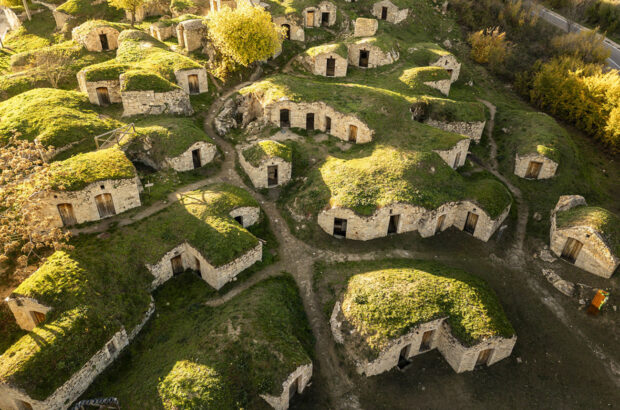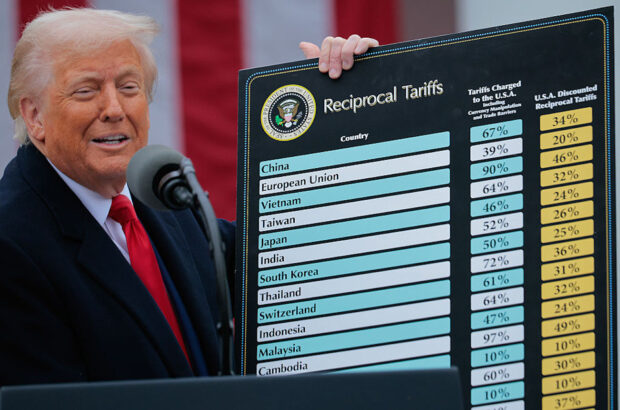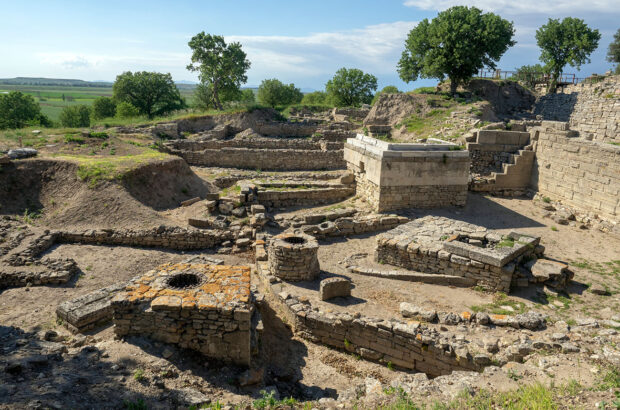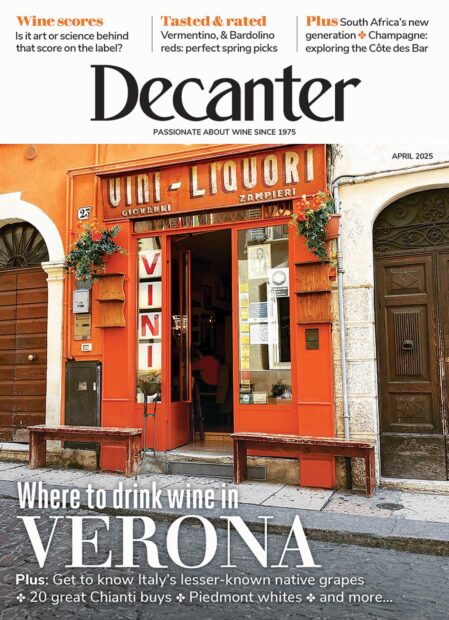Bodegas Julian Chivite’s Señorío de Arinzano vineyard has just been awarded Pago status, Spain’s highest level of classification.
The estate has now become Spain’s fifth Pago DO. The four others are the Dominio de Valdepusa, Finca Elez, Guijoso and Dehesa del Carrizal (all in Castilla La Mancha).
John Radford, in The New Spain, explains Denominacion de Origen de Pago as ‘a special category of quality wine introduced by the 2003 wine law, after the regional government of Castilla-La Mancha unilaterally introduced it in 2000. It is reserved for single estates of the highest international reputation that may or may not be members of a formal DO.’
The 127.95ha of vineyards were planted in 1988-89 and, in order to achieve Pago status they had to meet rigorous criteria governing yields, cultivation systems and vinification techniques.
‘In order to attain Pago certification, you have to demonstrate that you have a very particular terroir and that the wines made on the estate have a track record of selling at premium prices,’ Fernando Chivite, the bodega’s winemaker and president said.
The wines from the estate have, up until now, been bottled and sold under the Colección 125 label.
‘We will continue selling Colección 125 wines, but this allows us to develop wines within the Pago that explore different aspects of our terroirs,’ says Chivite. ‘In a way, Colección will become the second wine of the estate.’
At the moment, Chivite has three vintages of its Pago wines – 2000, 2001 and 2002 – stockpiled (there are approximately 20,000 bottles of each) and will start distributing them early in the new year.
Written by Natasha Hughes






